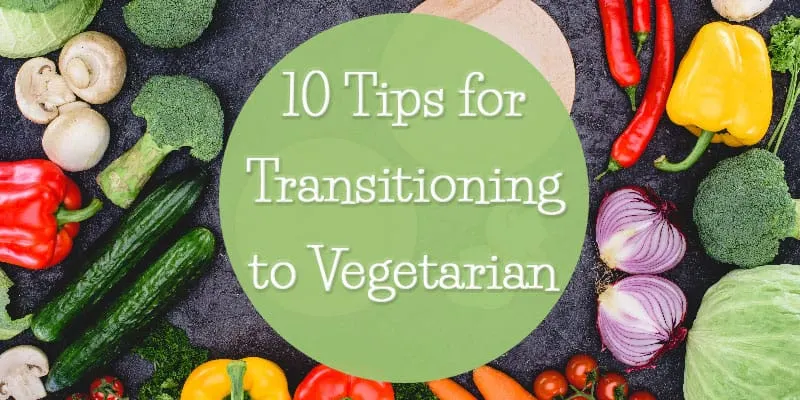
I’ve been a vegetarian since around the beginning of 2020 but it was a bit of a transition to get to that point.
Drastically changing how you eat involves making some big adjustments — to your grocery shopping, your meal planning, your stomach, and your mind. If you’re interested in giving up meat, I’ve got some tips for how to make the transition based on my own experience. These are tips I haven’t seen anyone else mention, but they were super helpful for me.
Sidenote: We currently eat mostly vegan at home. If you want to see what we eat in a week, take a look at this post.
1. Let go of your thoughts of what a meal looks like.
One of the hardest part of transitioning to vegetarian for me was the mental hurdle of what I thought a meal looked like.
I’d say for most of us, almost all meals include some amount of meat. A basic dinner often looks like a piece of meat, some veggies, and bread, rice, or pasta. When you stop eating meat, your mental idea of what a meal is gets goofed up.
Basically, I had a hard time figuring out how to make up a nutritious, filling meal without meat. Looking online at “what we eat in a week” type posts was really helpful for me.
We also got used to making somewhat random snack-y meals: chips and veggies with hummus, along with nuts and fruit.
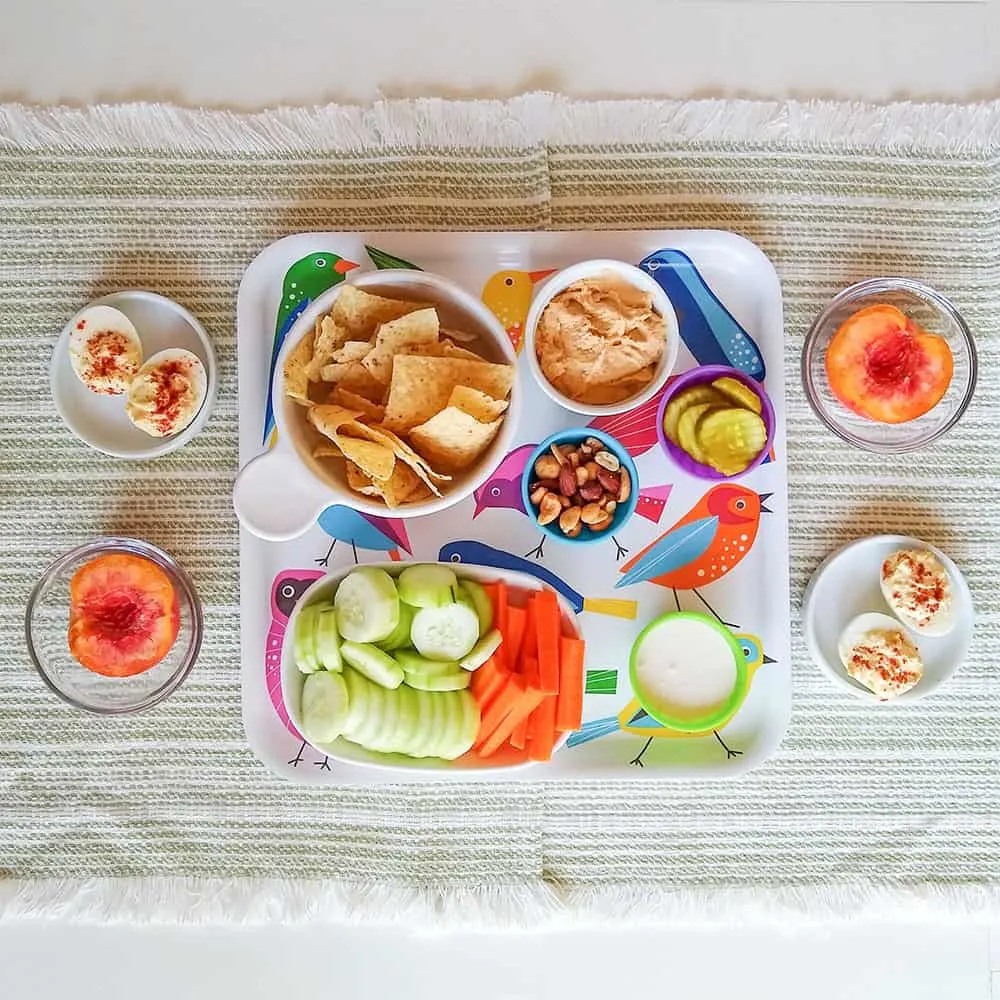
2. Create transition rules for yourself.
As I was transitioning to vegetarian, I created rules for how I would eat. Over time to rules changed until I was no longer eating meat.
- At first, the only meat I ate at home was fish, but I would order whatever I wanted at restaurants.
- Next, I didn’t eat any meat at home and would only order fish at a restaurant.
- Currently, I eat mostly vegan at home, but just worry about being vegetarian at restaurants.
Creating transition rules for myself gave me a clear view of how I wanted to eat and allowed me to get used to the diet change slowly.
You can make up whatever rules make sense to you, but I found that clear guidelines are helpful. Simply saying that you want to eat “less meat” is super vague and might not cause much change.
3. Eat soup.
Does this seem like an odd tip? We’ve found that soup is an awesome transition food!
A bowl of soup essentially looks the same whether it has meat in it or not, so it doesn’t mess with my ideas of what a meal looks like. Plus, it’s easy to make vegan and vegetarian soups that are soup-er (hehe) filling and flavorful. You won’t miss the meat.
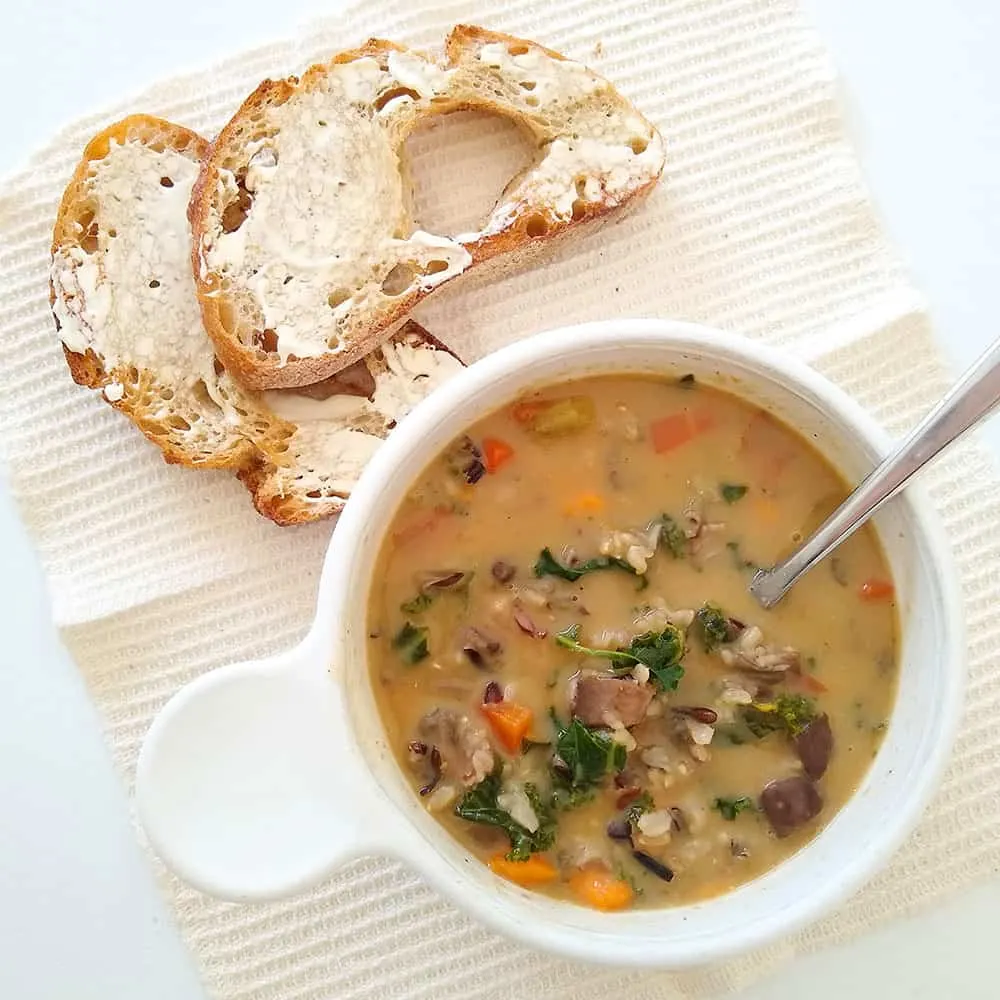
4. Educate yourself.
Whatever your reasons are for becoming a vegetarian, continue to educate yourself. As you learn more about animal agriculture, environmental factors, and health effects, you will continue to be inspired to make changes.
When you have more knowledge, it’s easier to say no thank you to a burger even though it may smell delicious. It feels good to live in line with your priorities.
5. Add in more beans.
You can’t just cut out meat without adding in anything else. I made it a priority to add more beans into our meal plans.
I make hummus all the time, add beans into our soup (sometimes blended so we don’t even notice they’re there), and look for new recipes including beans.
Beans are full of protein and fiber, so the more, the better.
If you or your family are anti-beans, I’ve got a whole post about how to start liking beans because I used to hate them!
6. Add in more veggies.
Also focus on eat more vegetables as you transition to a vegetarian diet. That doesn’t mean you have to eat a salad a day. I hardly ever eat salads!
Make soups that include lots of veggies, bake pans of roasted veggies, have fajitas with tons of peppers and onions, and dip raw veggies in hummus. Make extra veggies a priority!
7. Shop with vegetarian grocery lists
It’s not easy figuring out delicious vegetarian meals that will motivate you to stay vegetarian. If you can’t figure out what to buy and what to cook, you will have a hard time staying vegetarian. For me, it was very helpful to find good grocery lists and recipes that helped make the transition easier. Check out this new page I created with my favorite vegetarian grocery lists. These shopping lists also include matching recipes so you will have everything that you need to prepare these easy meals.
8. Actively look for inspiration and recipes.
Keep looking for inspiration and delicious recipes! I can’t tell you how many vegan and vegetarian cookbooks I’ve checked out of the library. Plus, I regularly use Instagram and Pinterest to find recipes and simple meal ideas.
Here are a few of my personal favorites:
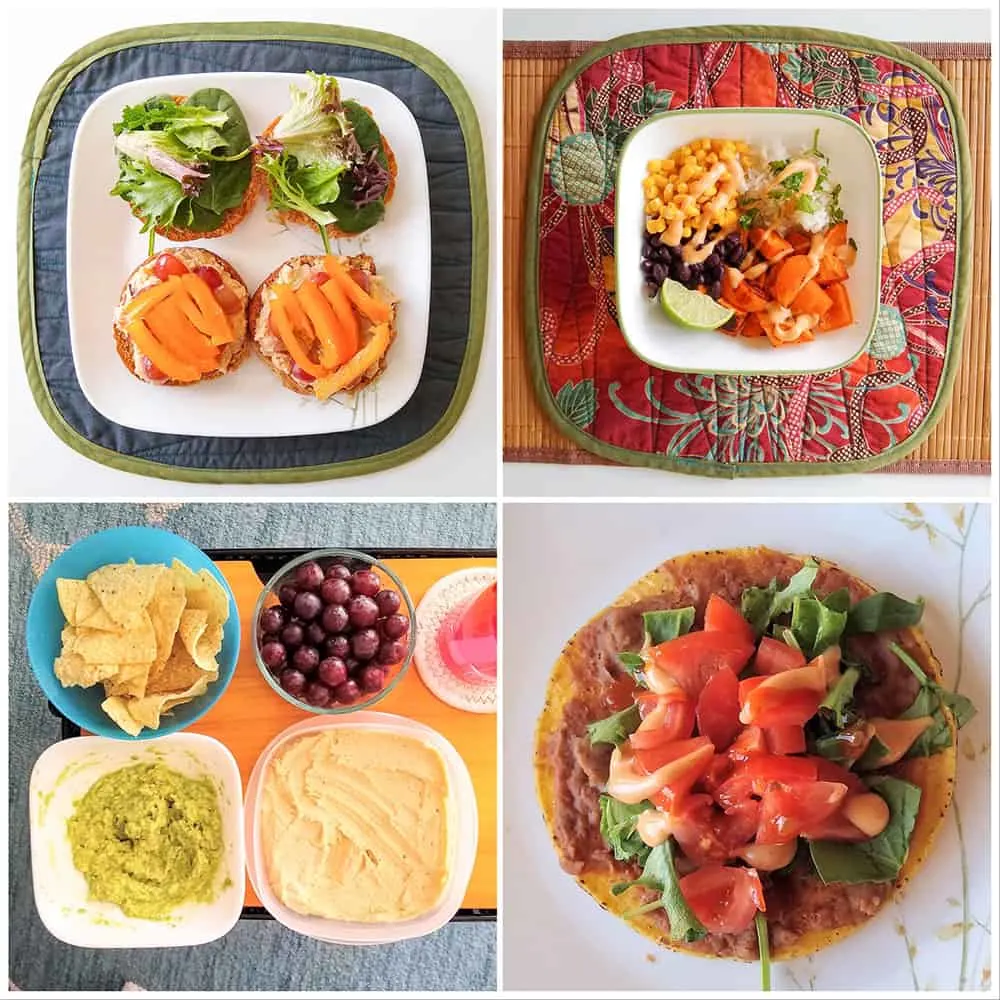
9. Try new foods slowly.
I’ve found that it takes time for my taste buds to adjust to new flavors. I now eat a huge variety of foods that I wasn’t interested in before, but it took time.
If you plan to make an entire week’s worth of new meals that you’ve never had before which include ingredients you’ve never eaten, you probably won’t enjoy the experience. But if you slowly add in new recipes and foods and give yourself time to adjust, you’ll find yourself enjoy all kinds of new flavors.
10. Allow it to be a transition.
There are some people who make an overnight change and give up meat instantly. That wasn’t me. It took time for me to wrap my brain around a totally new way of eating and for my body to adjust.
It’s ok for it to be a transition. If you use these tips, I think you’ll find your way there in your own timing.
If you want to eat less meat, I think these tips will help you make the transition. Choose one or two tips to work on this week!
Don’t Miss These Posts:
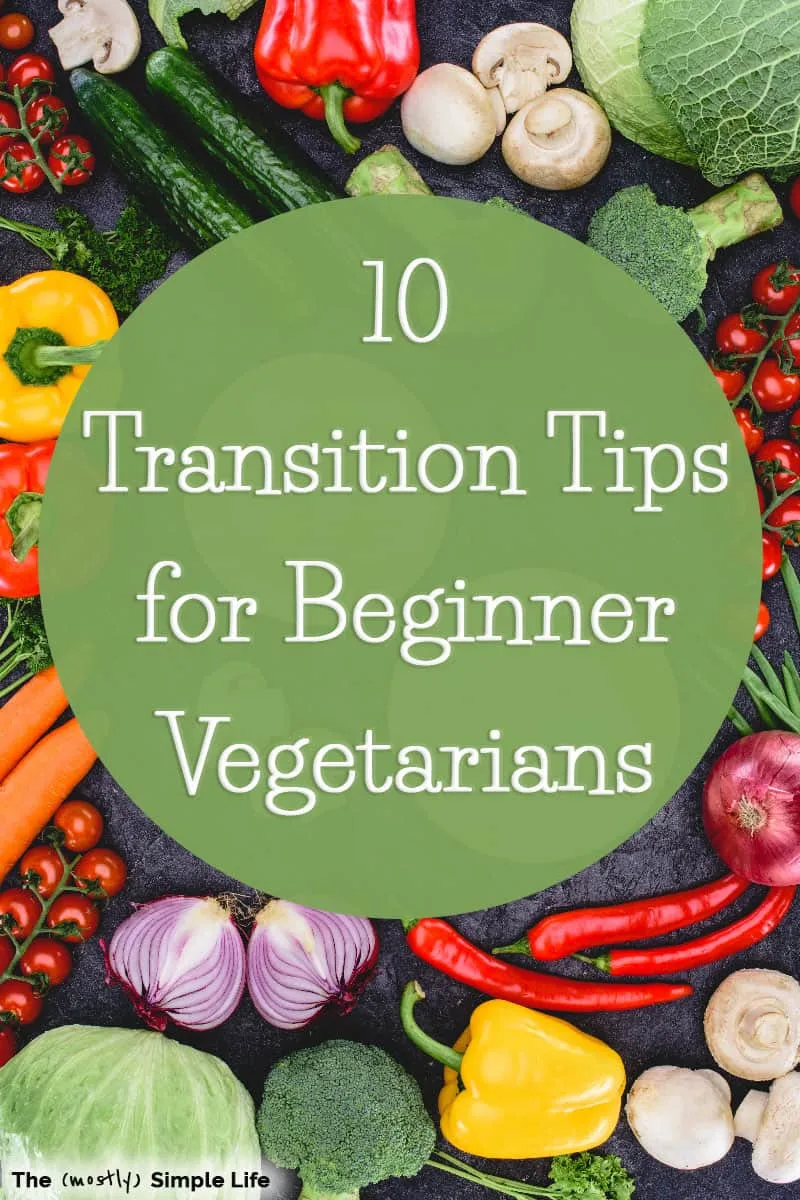

David
Tuesday 25th of July 2023
thank you for writing this, I am still a child but thinking about becoming a vegatarian. thank you!